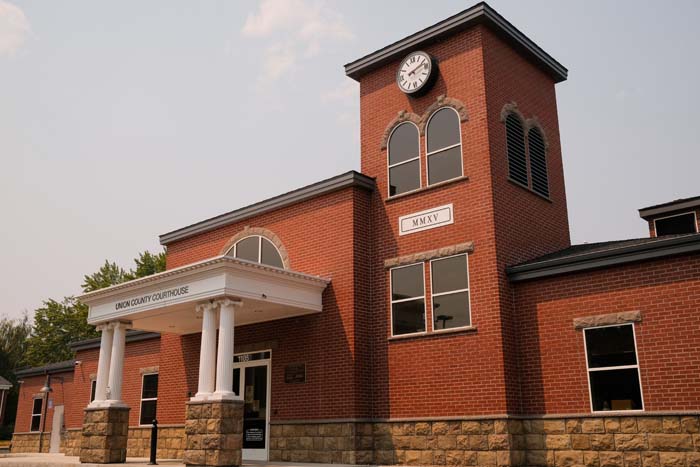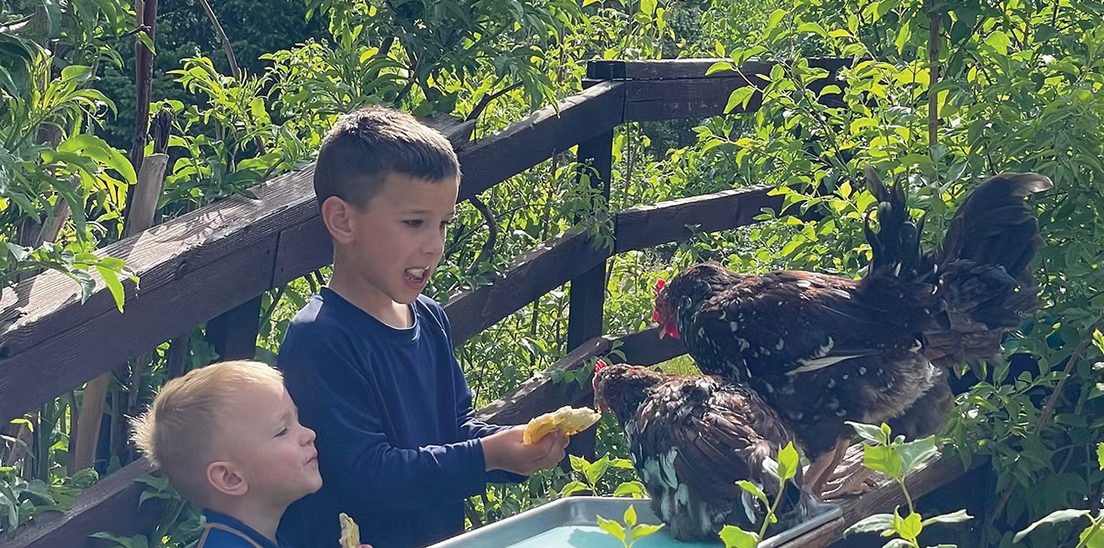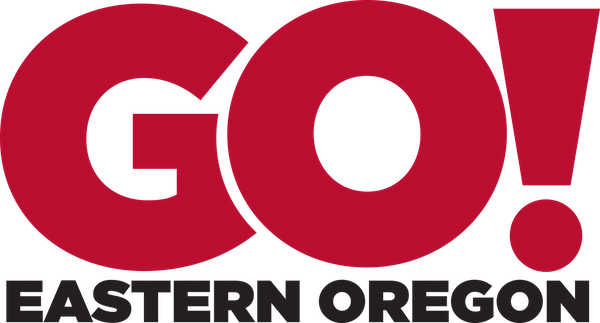Oregon bill allocates $7 million to curb collisions between cars, wildlife
Published 1:40 pm Wednesday, February 16, 2022

- Mule deer pass beneath U.S. Highway 97 near Sunriver via a wildlife underpass.
A coalition including hunters, anglers, Tribal representatives and members of conservation groups is promoting a bill in the Oregon Legislature that would allocate $7 million to build fences, underpasses and other structures in areas where vehicles are more likely to hit deer, elk and other wildlife.
Trending
The coalition has compiled a report on the topic that includes a priority list for these wildlife crossing structures.
The list includes a section of Interstate 84 near Meacham, part of U.S. Highway 26 near Dayville, in Grant County, and a stretch of U.S. Highway 20 from Juntura to Harper Valley in northern Malheur County.
State Rep. Ken Helm, a Democrat from Washington County, introduced House Bill 4130-01, the Wildlife Crossings Investment Act, prior to the current legislative session in Salem.
Trending
Reps. Mark Owens, R-Crane, Bobby Levy, R-Echo, are among the bill’s sponsors.
On Feb. 8, the House Interim Committee on Environment and Natural Resources passed the bill and referred it to the Ways and Means Committee for a vote.
Tyler Dungannon, conservation coordinator for the Oregon Hunters Association, a member of the coalition, testified in support of the bill.
Dungannon said in a phone interview on Wednesday, Feb. 16, that he’s confident the bill can pass before the legislature convenes.
Dungannon said that although the $7 million allocated in the bill might seem a modest sum, the state could potentially use that money to leverage dollars from the much larger federal budget.
The federal Infrastructure Investment and Jobs Act of 2021 includes $350 million in competitive grants over five years to states, Tribes and local governments to address chronic problems with vehicles hitting wildlife.
“Thanks to Representative Helm and the other sponsors of this bill, we now have an opportunity in front of us to really get the ball rolling at the state level,” Dungannon said.
That momentum has been needed for many years, he said.
“We have seen this issue gain traction over the past few years as Oregonians start to realize the extent of this issue,” he said.
From 2017 to 2021, the Oregon Department of Transportation recorded 30,951 collisions between vehicles and wildlife.
In 2021, the average cost of a vehicle collision with a mule deer — the most common — was $9,086, according to the coalition’s report, “Wildlife Crossings: Prioritizing Safe Wildlife Passage Across Oregon.”
Collisions with elk, which averaged $24,006 in expenses, totaled $56.9 million 2020, according to the report.
Dungannon said Oregon is “far behind” other western states in addressing car-animal collisions on highways that pass through wildlife migration routes.
Some states have more than 50 wildlife crossings, he said, while Oregon has about five.
Underpasses, fences and other structures have proved to significantly reduce the number of collisions, Dungannon said.
One of Oregon’s more prominent projects, which is a decade old, includes two wildlife underpasses along U.S. Highway 97 near Lava Butte, about 10 miles south of Bend. The Oregon Department of Transportation (ODOT) also built four miles of fencing in the area to keep animals off the highway and encourage them to use the underpasses.
Between 2012 and 2019, car collisions with wildlife on a 4-mile stretch of Highway 97 dropped by 86%, according to ODOT.
“It’s not a question of whether these crossing structures work,” Dungannon said. “It’s really just a financial hurdle.”
Dungannon emphasized the nonpartisan support for the campaign to reduce car-wildlife collisions.
A 2020 poll commissioned by the Pew Charitable Trusts found that 86% of Oregonians who responded favored building more wildlife crossings, and 75% were in favor of spending more money on such projects, according to the coalition’s report.
Interstate 84: Meacham
This potential project focuses on the bridge near Milepost 238 at Meacham.
According to the coalition’s report, studies done by the Confederated Tribes of the Umatilla Indian Reservation show that elk fitted with tracking collars try to cross the freeway in this area, and there have been multiple collisions with vehicles.
Reducing the frequency of collisions would require building fencing and possibly other structures, including making some underpasses larger to accommodate elk, according to the report.
Highway 26: Dayville
This project could be the start of a wider effort to address collisions with mule deer and pronghorn antelope along Highway 26 through the John Day Valley.
The coalition is proposing fencing and retrofitting bridges for wildlife passage. The estimated cost is $800,000 to $1.2 million. The project also would require cooperation from landowners.
Highway 20: Juntura to Harper Valley
This proposed project covers a 27-mile stretch of the highway, and is designed to reduce collisions with mule deer and elk.
The area encompasses winter range for mule deer that winter along the highway and the Malheur River and cross the highway frequently, according to the coalition’s report.
The report lists a variety of projects, including creating unobstructed wildlife routes under existing bridges, removing dilapidated fencing and installing new fencing, along with a possible wildlife overpass (there are no such structures in Oregon now).
The estimated cost for a basic retrofitting of five bridges is $1,215,000. A more complex retrofit would cost an estimated $2.29 million per bridge, for a total cost of $11.45 million.
The estimated cost for an overpass ranges from $3.96 million to almost $7.1 million.
“It’s not a question of whether these crossing structures work. It’s really just a financial hurdle.”
— Tyler Dungannon, conservation coordinator, Oregon Hunters Association









